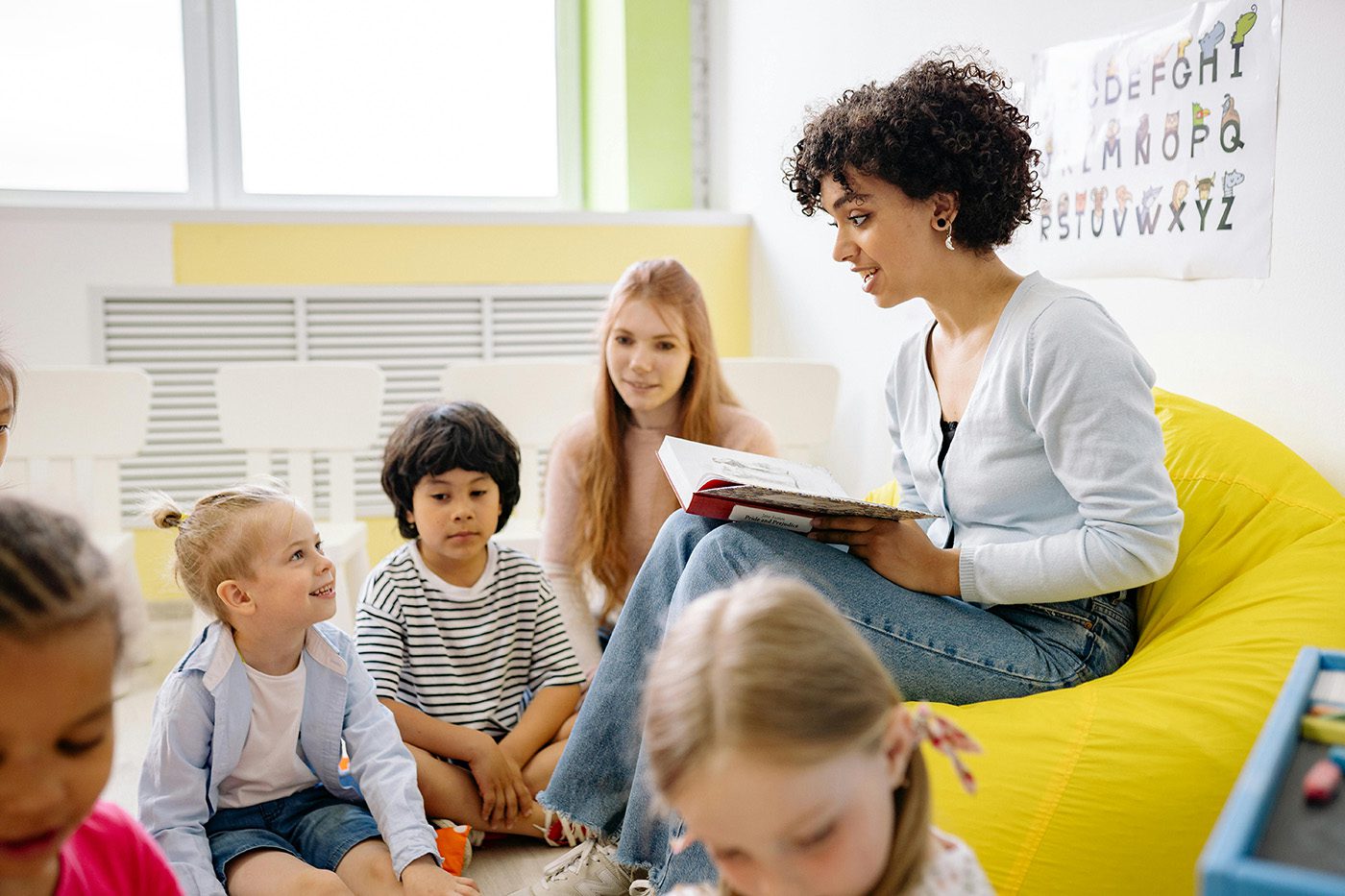The “transition” process refers to the whole pathway from first talking about and seeing a new childcare, preschool or school, all the way through to settling in and becoming familiar with the educators, environment and daily schedule.
Orientations are a key part of this “transition”. Here’s how to make the most of yours.
1. Build connection
The number 1 factor in helping your child feel safe and secure in their new environment, is building familiarity and trust in the grownups who will be looking after them. Ensure that your child has a little chat with their new educator at every visit. If they are too shy at first, its fine for you to do the talking! The trick is to talk from your child’s perspective. Ask the questions that your child wants to know, and keep them involved in the conversation – even if it’s just a nod, headshake, or embarrassed snuggle into your shoulder. The information you gather about their new educator will be the basis for your chats about them in the weeks leading up to their first day. Good topics are favourite colours, pets and art activities they like to do in class.
Don’t forget to meet the receptionist, helper teachers and any other “permanents” so that your child feels they are walking into a little community of known adults even before they begin.
2. Take photos
Take photos of everyone! Better still, take photos of your child interacting with them. This may be a photo of your child and their new teacher looking at a story or doing an activity together. Or your child and their teacher in front of their locker.
There’s nothing like a familiar face. Look over these photos with your child in the lead up to their first day. Your child will feel more confident if they can recognise and name their teacher well in advance.
3. Map it out
Help your child understand the geography of their new preschool or school.
Indoors, this will involve knowing how to get to the bathrooms, the office, the playground and any other shared spaces.
Outdoors, walk the periphery. See what’s nearby and orientate your child to where you are in relation to home.
4. Meet other families
As well as learning about their teacher, it will help your child to know a few of the other children. Ask the names of the children your child is playing with or beside. Bonus points if you can arrange a playdate over the summer, but really, being able to recognise a few classmates is plenty.
5. Pull it all together
Use your chats with the teacher and the photos you’ve taken to create a personalised story! There are 5 pre-made stories to prepare for preschool (childcare/ kindy) and another 5 to prepare for starting school. Now that you have the extra info, you can swap out the illustrations for your own photos, and add your own details to the text.


